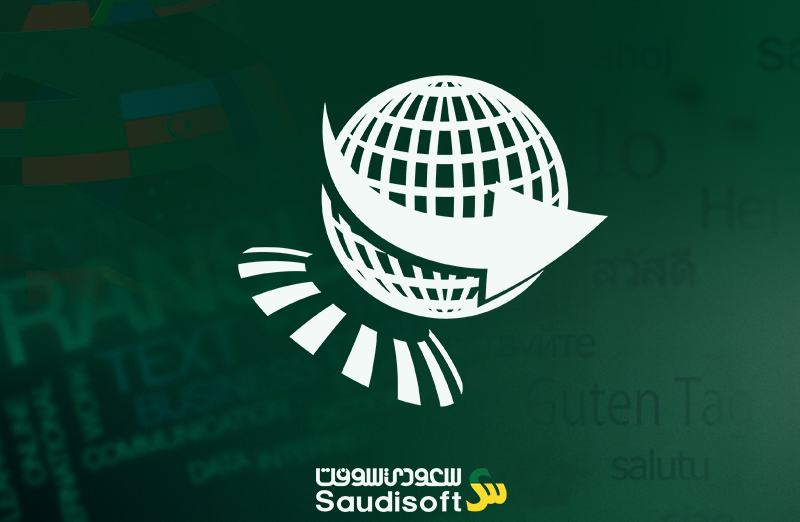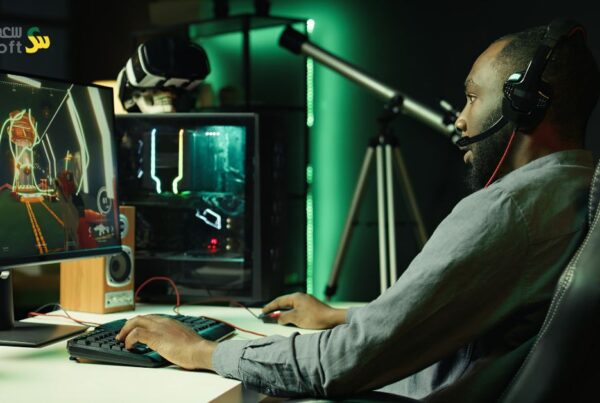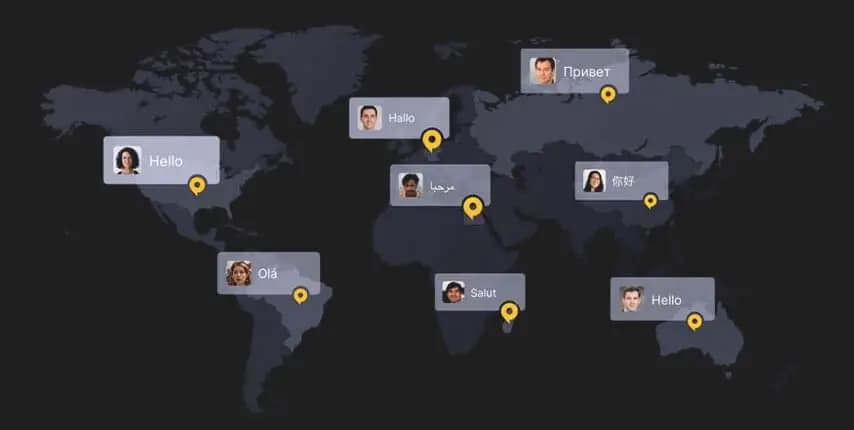5 Best Practices For Video Game Localization
1. Speak like a local.
If you want to localize your game to adapt to the local market, you should start by using the local language, because today, not only the English-speaking countries have been the biggest consumers of gaming, you also have emerging markets in the Middle East and Mena region, Latin America, and in countries like Russia, India, and Saudi Arabia, they speak different languages like Arabic, Turkish, Persian (Farsi), Hebrew and Urdu. For instance, in the Middle East and African region, the largest markets in 2018 were Turkey and Saudi Arabia which had combined revenue of $1,430,000,000 billion as reported by GamingScan.
The Middle East has become one of the largest markets in the gaming industry, Gamers’ preferences vary from country to country but in general, arcade, action, sports, racing, and casual games (like FIFA, Call of Duty and Need for Speed).
Expanding your game to the MENA region is a strategical move that can increase your revenues, that is if you decide to localize your game to your target locale’s language.
Now, language can be quite tricky because each locale has a different use of their language. For example, the Arabic Language has different dialects but the most commonly used across all is the Modern Standard Arabic (MSA). Each dialect has a different accent, idioms, and modes of expression so if you want to really capture the essence of their speech, take the time you need to really dig into how you can translate, combine, and adapt it to your target users’ native speech. Check Facts To Know About Arabic Language
2. Make sure to hire expert translators.
Have you ever watched a Q&A portion in a beauty pageant where the contestant’s answer was poorly translated by the interpreter thus resulting in the contestant losing the competition? If you’ve ever seen or laughed at anything awfully translated, you know very well how bad translation can easily pull your ratings and your sales down. And this is exactly the reason why you need to hire an expert. But before just hiring anyone, remember that you need someone who understands the jargon and the concepts that are being used by your users. And typically, the best translator is also a gamer too. Why? It’s because he has a solid grasp of the gaming culture and he has sufficient knowledge on the field.
Check Game Localization: Tips to be a good translator
3. Localize your images.
Visual graphics are an integral component of any video game and as such, you need to create images that will appeal to local players. Your visuals should be relevant and in touch with your audience. Localization does not only apply to texts, concepts, and ideas, it also has to manifest in your graphic elements, your images, and game characters.
As an additional tip for game designers and game developers, be careful with using symbols because some imagery and symbolism can have negative connotations in some countries. Others could be culturally sensitive to some signs and illustrations so take some time to research your target users before releasing your localized video game into the market.
4. Create a flexible design.
If you’re localizing a video game, you would need to make your design as flexible, versatile, and adaptable as you can because depending on the language you’ll be translating it to, you might need to allow more space for texts, dialogues, time formats, and even in units of measurements, symbols, and other characters.
A best practice in video game localization is to avoid hard-coding. As you will be encoding hundreds of localized words, sometimes you will need to change some parts in the original source code and thus it would be more time and cost-efficient for you if you use a friendly architecture that you can easily go back to and customize. Our best advice is to use an external resource file where you can store all the localized content.
5. Provide Context.
Before handing your file over to the localizer, be sure to provide them with ample information like complete game instructions and illustrations to help them visualize your concepts so that they can accurately translate and deliver a true-to-source material.
It’s best if you can furnish them with a full localization kit containing the style guide, storyline, relevant information about your in-game characters, settings, images, weapons, and more. Don’t hesitate to provide them with tons of information and instructions. You’d want them to create a version that’s not too far-fetched from the original source material and yet that is precise, locally relevant, and appealing.
Final Notes
As a final note, remember to always conduct research first about your new market’s history, culture, religion, belief system, ethnicity, geopolitical issues, and cultural discord if there is any. Once ready, conducting a game tester to prevent any mistakes (like voiceover) before launching it to the mass market. Doing so will help you gauge how your local users will react, and in turn, it will help you accommodate any modifications necessary to make it more attuned to your target market.
check our Video Games Localization Service or request your Free Quote







